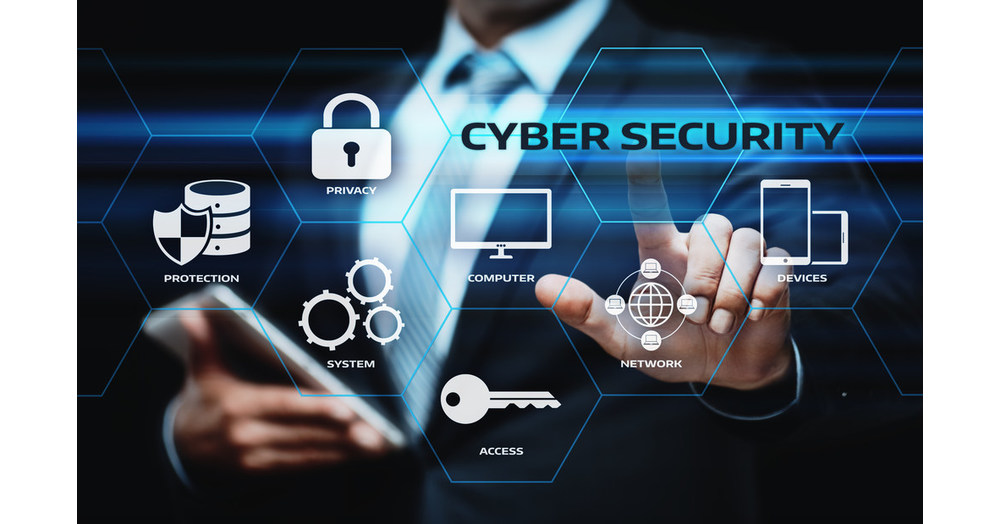
Security Information and Event Management (SIEM) is a critical component of modern cybersecurity strategies, offering real-time monitoring and threat detection capabilities. Here’s a more concise overview:
1. Real-Time Monitoring:
- SIEM systems continuously monitor an organization’s IT infrastructure in real-time, collecting and analyzing data from various sources such as logs, applications, and network devices.
2. Log Collection and Aggregation:
- SIEM aggregates log data from diverse sources across the organization, creating a centralized repository. This includes logs from servers, firewalls, antivirus software, and other security-related components.
3. Normalization and Correlation:
- Raw log data is normalized to a standardized format, and correlation helps identify patterns and potential security incidents. This allows for a comprehensive view of the organization’s security landscape.
4. Alert Generation:
- When abnormal or suspicious activities are detected, SIEM generates alerts in real-time. These alerts are sent to security teams for immediate investigation.
5. Incident Response:
- SIEM facilitates swift incident response by providing tools and workflows to assess the severity of alerts and take appropriate actions to mitigate threats.
6. User and Entity Behavior Analytics (UEBA):
- Some SIEM solutions incorporate UEBA to analyze user behavior and detect anomalies, helping identify potential insider threats or compromised accounts.
7. Integration with Threat Intelligence:
- SIEM systems often integrate with external threat intelligence feeds, enhancing their ability to recognize and respond to the latest known threats.
8. Compliance Reporting:
- SIEM assists organizations in meeting regulatory compliance requirements by providing detailed reports on security events and activities.
9. Continuous Improvement:
- SIEM is an evolving process that adapts to changes in the threat landscape and the organization’s IT environment. Continuous monitoring and updates are crucial for staying ahead of emerging threats.
10. Forensics and Analysis:
- SIEM tools support forensic analysis, allowing security teams to investigate incidents, trace their origins, and apply lessons learned to improve future security measures.
In essence, SIEM serves as a proactive and dynamic defense mechanism, enabling organizations to identify and respond to security threats in real-time, thereby reducing the risk of cyber attacks and minimizing potential damage.







